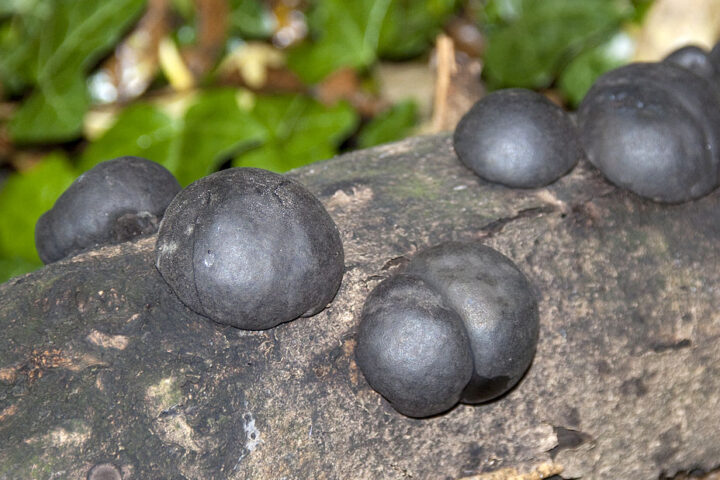Embarking on a journey through the enigmatic realm of antimatter, researchers have unveiled a spectacle where antihydrogen atoms, gently freed from the ALPHA-g apparatus’s magnetic embrace, subtly dance towards Earth, whispering tales of gravitational allure rather than the fabled ‘antigravity’ defiance. Unveiled to the world on 28-Sep-2023, this research doesn’t merely mark a date but etches a pivotal stride towards unraveling the gravitational waltz between anti-atoms and our planet, while gracefully testing the delicate threads of the weak equivalence principle (WEP). Einstein, whose theories have gently cradled our understanding of gravitation since 1915, might have pondered upon the dark enigmas of dark matter and dark energy, revealing the cosmic tapestry’s intricate gaps.

Antimatter, a mysterious player first envisioned by Dirac in 1928 and unbeknownst to Einstein, has kindled a myriad of speculations about its gravitational interactions, even amidst a theoretical symphony that sings of an earthly attraction to all laboratory masses. The WEP, having been meticulously tested for matter with a precision that whispers of 10^−15, serenely asserts that all masses, regardless of their internal cosmic melody, must dance identically to gravity’s tune. The ALPHA-g machine, constructed in 2018, a vertically poised antihydrogen trap, designed not just with metals and magnets, but with a quest to scrutinize gravitation, employing a strategy as simple and profound as the universe itself: trap, accumulate, release, and observe.
The experiment’s protocol involved stacking antihydrogen atoms, then releasing them by simultaneously ramping down the current in two mirror coils over 20 seconds, allowing them to escape and annihilate on the apparatus walls. Numerical simulations indicate that if hydrogen atoms were trapped and gradually released from a vertically symmetric trap under ALPHA-g conditions, approximately 80% would exit through the bottom, an asymmetry attributed to the downward force of gravity. The gravitational force on a proton at the Earth’s surface equates to that from an electric field of about 10^−7 V m^−1, presenting substantial challenges for direct measurements in the Earth’s gravitational field due to electromagnetic forces on charged antiparticles.
The ALPHA-g apparatus, which can trap a few antihydrogen atoms per mixing cycle, allows for the accumulation of anti-atoms over numerous cycles from ELENA, facilitating dynamic experiments where gravity plays a pivotal role. The experiment sought to test the behavior of antihydrogen by observing the direction and magnitude of the gravitational force on neutral antimatter, using a purpose-built experiment designed to observe the gravitational force on neutral antimatter. The gravitational acceleration of gravity, approximately 9.81 m s^−2, is equivalent to a vertical magnetic field gradient of 1.77 × 10^−3 T m acting on a hydrogen atom in the ground state.
The experiment could balance the effect of gravity on matter by imposing a field difference of about −4.53 × 10^−4 T between the mirror field peaks, maintaining this difference during the ramp-down, theoretically resulting in half of the atoms escaping in each direction. The ALPHA-g apparatus comprises three antihydrogen trapping regions, with only the bottom one being utilized in the current experiment, and the full device includes MCP detectors used to image charged particles extracted from the Penning traps for diagnostic purposes. The experimental layout involves antiprotons from the CERN Antiproton Decelerator and the ELENA ring being caught in a separate, high voltage Penning trap in a 3 T solenoid magnet.
Similar Stories
ELENA typically delivers 7.5 × 10 antiprotons at 100 keV every 120 s, with about 5 × 10 of these being dynamically captured and, after being cooled by co-trapped electrons, injected into ALPHA-g and dynamically re-trapped. The anti-atom trap comprises octupole magnets for transverse confinement and two solenoidal ‘mirror coils’ for axial (vertical) confinement, with antihydrogen atoms produced with sufficiently low kinetic energy being trapped due to the –μ•B interaction of their magnetic moments with external fields. The atom trapping volume is nominally a vertical cylinder of 4.4 cm diameter and 25.6 cm height, and the entire production and trapping region is cooled to near 4 K by the liquid helium bath for the trap magnets.
The experimental strategy involves trapping and accumulating antihydrogen atoms, slowly releasing them by opening the top and bottom barrier potentials of the vertical trap, and attempting to discern any influence of gravity on their motion upon escape and annihilation on the material walls of the apparatus. The trapped anti-atoms are not created at rest but possess a distribution of kinetic energies consistent with the trap depth of about 0.5 K, and gravity is expected to manifest as a difference in the number of annihilation events from anti-atoms escaping via the top or the bottom of the trap. The experimental layout illustrates the Penning trap for antihydrogen production and the superconducting coils that form the neutral atom trap, with the on-axis, axial field profile at full current shown on the right.

The mirror coils B–F, the analysis coil, the mini-octupole, the transfer coil, and the background coil are not utilized in the current experiment, and the capture solenoid is used for charged particle transfer and manipulations and is de-energized for gravity measurements. The LOc coils extend past the trapping region used in the current experiment and constitute part of two additional antihydrogen traps intended for future use. The experimental protocol was to stack antihydrogen atoms, then release them by ramping down the current in the two mirror coils simultaneously over 20 s, allowing the anti-atoms to escape either to the top of the trap or the bottom and subsequently annihilate on the walls of the apparatus. The annihilations and their positions (vertices) could be detected and reconstructed using the ALPHA-g radial time projection chamber (rTPC) detector.
The coaxial, barrel-shaped scintillator detector was also used for event selection. The U.S. research on antihydrogen has been primarily supported by the Office of Fusion Energy Sciences of the Department of Energy and NSF’s Plasma Physics Program.















